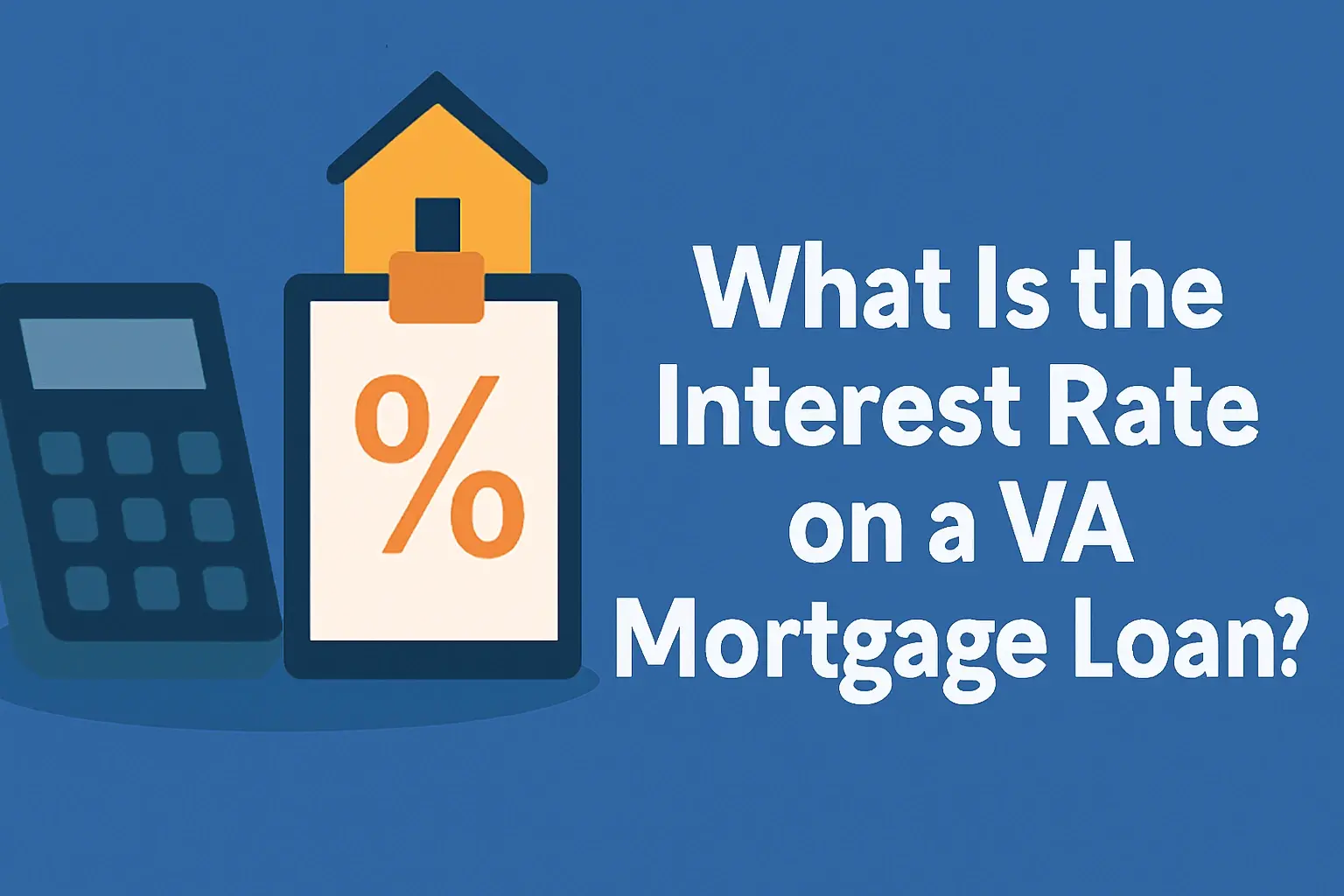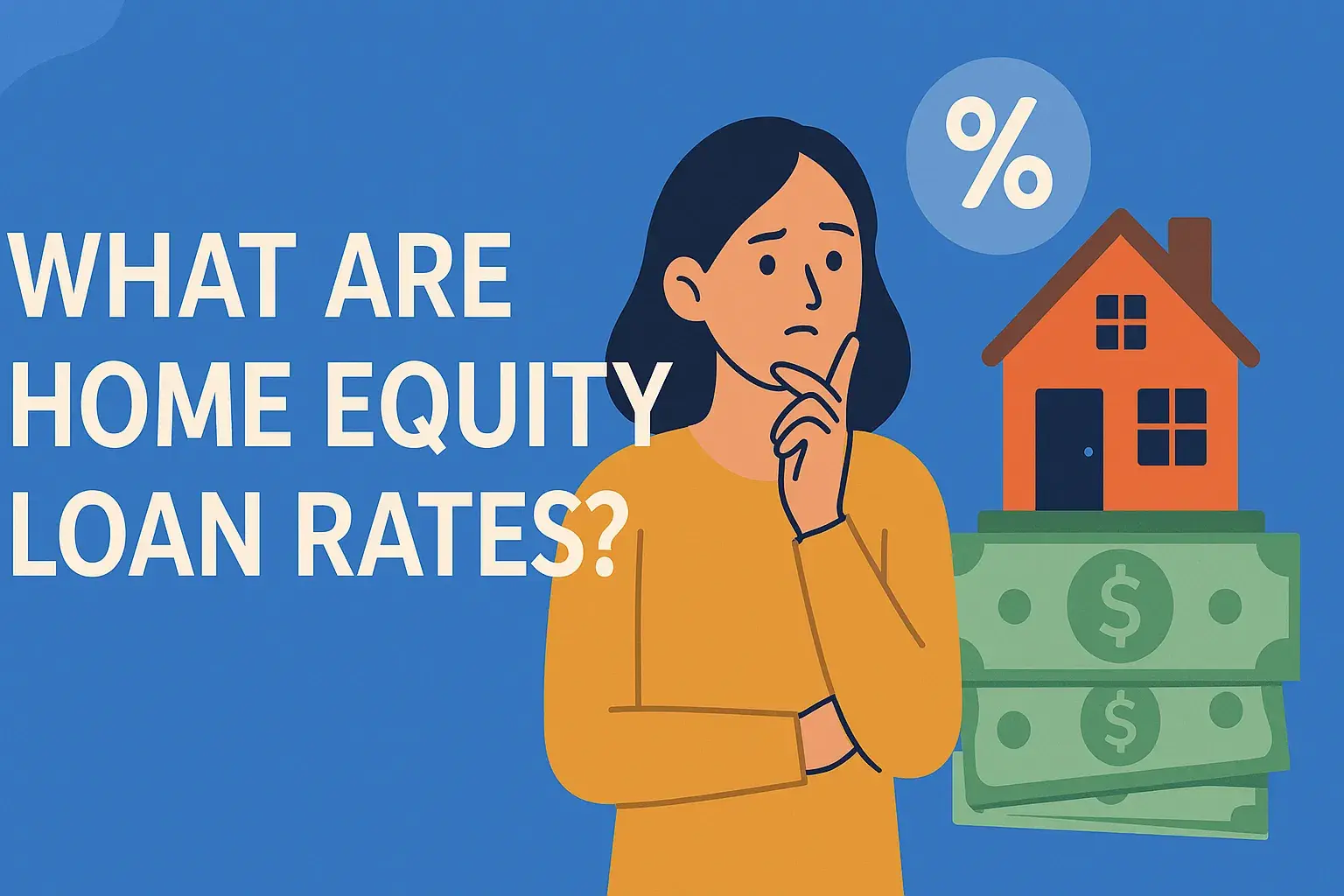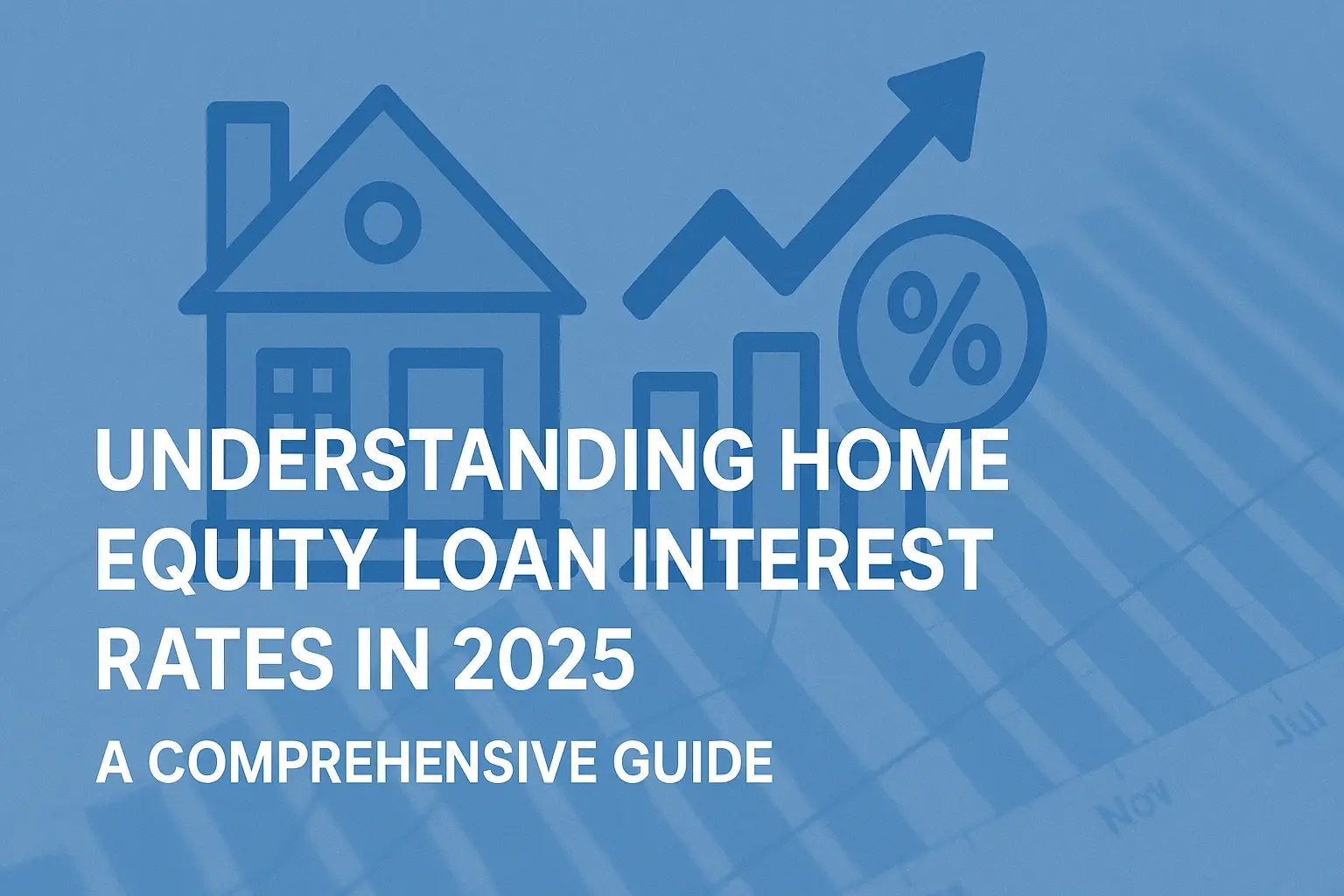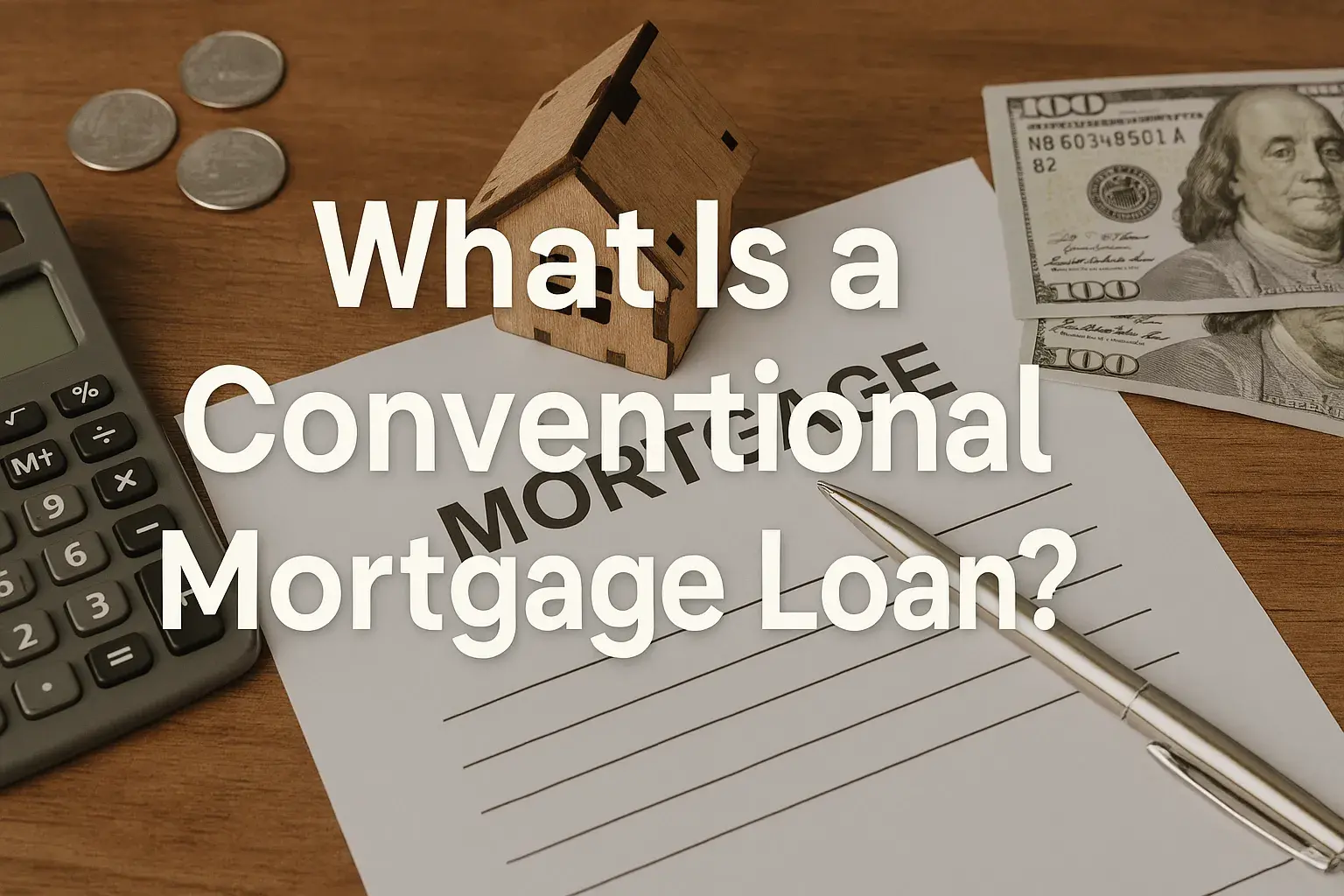-
Posted on: 18 Jul 2024
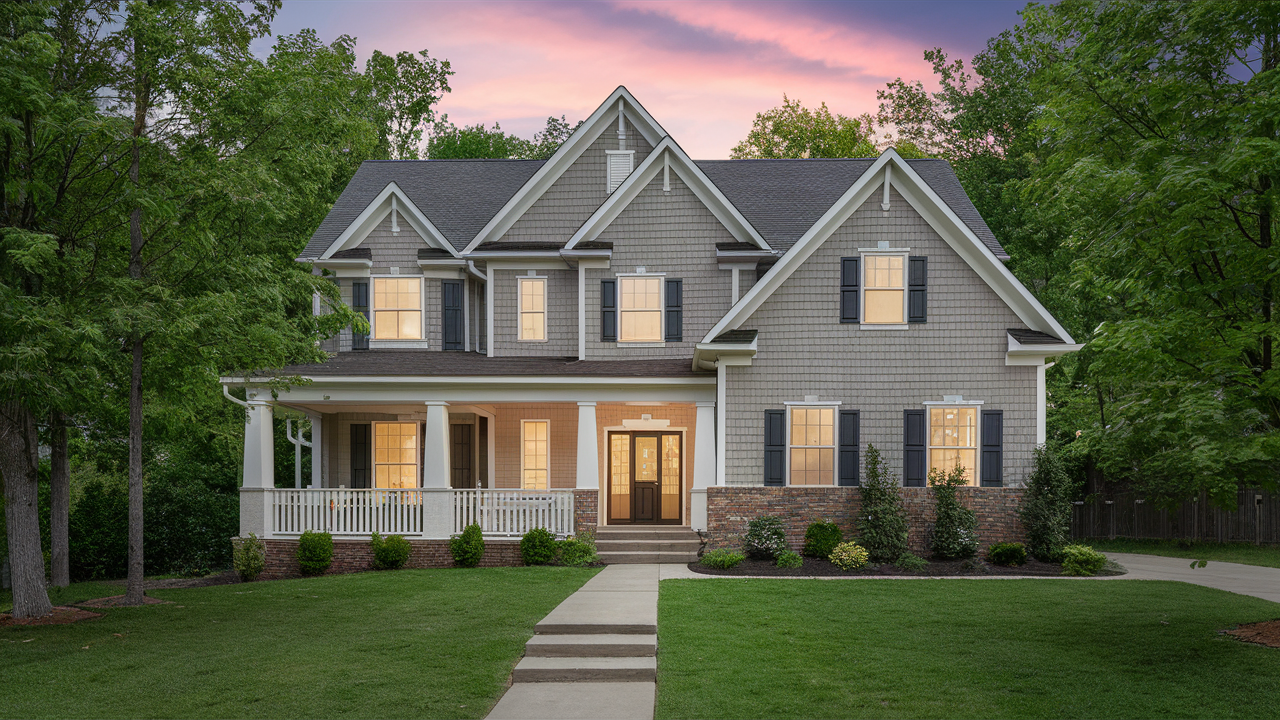
-
Buying a home is a significant financial decision, and understanding the potential monthly payments is crucial for budgeting and affordability. If you're considering purchasing a house priced around $250,000, you'll naturally want to know what your average monthly mortgage payment might be. The truth is, there's no single "average" payment. The figure will vary significantly depending on several key factors. This article will break down those factors and help you estimate your potential monthly mortgage payments on a $250,000 home.
Key Factors Influencing Your Monthly Mortgage Payment
Several factors determine the amount you'll pay each month for a $250,000 house. Understanding these variables allows you to adjust your approach and explore different scenarios to find a comfortable and sustainable payment plan.
1. Interest Rate
The interest rate is the most significant factor affecting your monthly payment. Even small fluctuations in the interest rate can result in substantial differences in the total amount you pay over the life of the loan.
Interest rates are influenced by several things:
- The overall economic climate: When the economy is strong, interest rates tend to be higher. Conversely, during periods of economic uncertainty or recession, rates often decrease.
- Federal Reserve policies: The Federal Reserve (the Fed) sets the federal funds rate, which indirectly influences mortgage rates. Changes in the Fed's policies can have a direct impact on the interest rates offered by lenders.
- Your credit score: A higher credit score indicates lower risk to lenders, resulting in lower interest rates. Conversely, a lower credit score will usually mean a higher interest rate.
- The type of loan: Different loan types (e.g., fixed-rate vs. adjustable-rate, conventional vs. FHA) come with varying interest rates.
To illustrate, let's consider two different interest rates on a $250,000 mortgage with a 30-year term and a 10% down payment (loan amount of $225,000):
- Interest Rate of 6%: The estimated monthly principal and interest payment would be around $1,349.
- Interest Rate of 7%: The estimated monthly principal and interest payment would be around $1,497.
As you can see, a seemingly small 1% increase in the interest rate results in a difference of almost $150 per month, which adds up to thousands of dollars over the life of the loan.
2. Down Payment
The down payment is the initial amount of money you pay towards the purchase price of the house. A larger down payment reduces the loan amount, leading to a lower monthly payment and less interest paid over time.
Common down payment percentages include:
- 5% Down Payment: For a $250,000 house, this would be $12,500.
- 10% Down Payment: For a $250,000 house, this would be $25,000.
- 20% Down Payment: For a $250,000 house, this would be $50,000.
A 20% down payment is often preferred because it typically eliminates the need for Private Mortgage Insurance (PMI), which is an additional monthly expense. However, saving for a smaller down payment can make homeownership accessible sooner.
Let's see how the down payment affects the monthly payment, assuming a 6% interest rate and a 30-year term:
- 5% Down Payment (Loan Amount: $237,500): Estimated monthly principal and interest payment: $1,424
- 10% Down Payment (Loan Amount: $225,000): Estimated monthly principal and interest payment: $1,349
- 20% Down Payment (Loan Amount: $200,000): Estimated monthly principal and interest payment: $1,199
In this example, increasing your down payment from 5% to 20% reduces your monthly payment by over $225.
3. Loan Term
The loan term is the length of time you have to repay the mortgage. The most common loan terms are 15 years and 30 years.
- 30-Year Mortgage: Offers lower monthly payments but results in paying more interest over the life of the loan.
- 15-Year Mortgage: Offers higher monthly payments but results in paying less interest overall and building equity faster.
Let's compare the monthly payments for a $225,000 loan (10% down payment on a $250,000 house) with a 6% interest rate:
- 30-Year Mortgage: Estimated monthly principal and interest payment: $1,349. Total interest paid over 30 years: Approximately $251,640.
- 15-Year Mortgage: Estimated monthly principal and interest payment: $1,900. Total interest paid over 15 years: Approximately $117,000.
While the 15-year mortgage has significantly higher monthly payments, you save over $134,000 in interest compared to the 30-year mortgage.
4. Property Taxes
Property taxes are levied by local governments and are based on the assessed value of your property. These taxes fund local services like schools, roads, and emergency services. Property tax rates vary widely depending on the location.
To estimate your property taxes, you can:
- Check the tax records for similar properties in the area: Online resources and local government websites often provide this information.
- Contact the local tax assessor's office: They can provide information on the current tax rate and assessment practices.
Property taxes are typically included in your monthly mortgage payment and held in an escrow account. Your lender will then pay the property taxes on your behalf when they are due.
5. Homeowner's Insurance
Homeowner's insurance protects your property against damage from events like fire, windstorms, and theft. Lenders require homeowner's insurance to protect their investment.
The cost of homeowner's insurance depends on factors such as:
- The location of your property: Areas prone to natural disasters (e.g., hurricanes, earthquakes) tend to have higher insurance premiums.
- The replacement cost of your home: This is the amount it would cost to rebuild your home if it were completely destroyed.
- Your deductible: A higher deductible will result in a lower premium, but you'll pay more out-of-pocket in the event of a claim.
Like property taxes, homeowner's insurance is usually included in your monthly mortgage payment and held in escrow.
6. Private Mortgage Insurance (PMI)
Private Mortgage Insurance (PMI) is typically required when you make a down payment of less than 20% on a conventional loan. PMI protects the lender if you default on your mortgage.
The cost of PMI varies depending on factors such as:
- Your credit score: A higher credit score typically results in a lower PMI premium.
- Your loan-to-value ratio (LTV): This is the ratio of your loan amount to the appraised value of your home. A higher LTV (i.e., a smaller down payment) will result in a higher PMI premium.
PMI is usually calculated as a percentage of the loan amount and added to your monthly mortgage payment. Once you reach 20% equity in your home, you can typically request to have PMI removed.
7. Homeowners Association (HOA) Fees
If you purchase a home in a community governed by a Homeowners Association (HOA), you'll likely be required to pay monthly HOA fees. These fees cover the cost of maintaining common areas, such as landscaping, pools, and clubhouses.
HOA fees can vary widely depending on the amenities and services offered by the community. Be sure to factor in HOA fees when calculating your total monthly housing costs.
Calculating Your Estimated Monthly Payment (PITI)
To get a realistic estimate of your monthly mortgage payment, you need to consider all the components of what's known as PITI:
- Principal: The amount you borrow to purchase the house.
- Interest: The cost of borrowing the money.
- Taxes: Property taxes assessed by the local government.
- Insurance: Homeowner's insurance and, if applicable, Private Mortgage Insurance (PMI).
The formula for calculating your estimated monthly mortgage payment is:
M = P [ i(1 + i)^n ] / [ (1 + i)^n – 1 ]
Where:
- M = Monthly mortgage payment
- P = Principal loan amount
- i = Monthly interest rate (annual interest rate divided by 12)
- n = Number of months (loan term in years multiplied by 12)
While you can use this formula to calculate your payment manually, online mortgage calculators provide a much easier and faster way to estimate your monthly payment. Many websites offer free mortgage calculators that allow you to input the loan amount, interest rate, loan term, property taxes, homeowner's insurance, and HOA fees to get a comprehensive estimate.
Tips for Affording a $250,000 House
Buying a home is a significant financial commitment. Here are some tips to help you afford a $250,000 house:
- Improve Your Credit Score: A higher credit score can qualify you for a lower interest rate, saving you money over the life of the loan.
- Save for a Larger Down Payment: A larger down payment reduces the loan amount and potentially eliminates the need for PMI.
- Reduce Your Debt: Paying down existing debt can improve your debt-to-income ratio, making you a more attractive borrower.
- Shop Around for the Best Mortgage Rates: Get quotes from multiple lenders to compare interest rates and fees.
- Consider a Less Expensive Home: If a $250,000 house stretches your budget too thin, consider looking at homes in a lower price range.
- Adjust Your Spending Habits: Identify areas where you can cut back on expenses to free up more money for your mortgage payment and other housing-related costs.
The Impact of Location on Home Affordability
The affordability of a $250,000 house can vary dramatically depending on where you live. In some areas, $250,000 might buy you a spacious single-family home, while in others, it might only afford a small condo or townhome. Factors like property taxes, insurance costs, and the overall cost of living can also significantly impact affordability.
For example:
- Rural areas and smaller towns: Generally offer more affordable housing options. A $250,000 budget might allow you to purchase a larger property with more land.
- Suburban areas: Offer a mix of housing options at varying price points. Affordability will depend on the specific location within the suburb.
- Major cities: Typically have the highest housing costs. A $250,000 budget might only be sufficient for a small apartment or condo.
Before you start your home search, research the housing market in the areas you're considering to get a realistic understanding of what you can afford.




